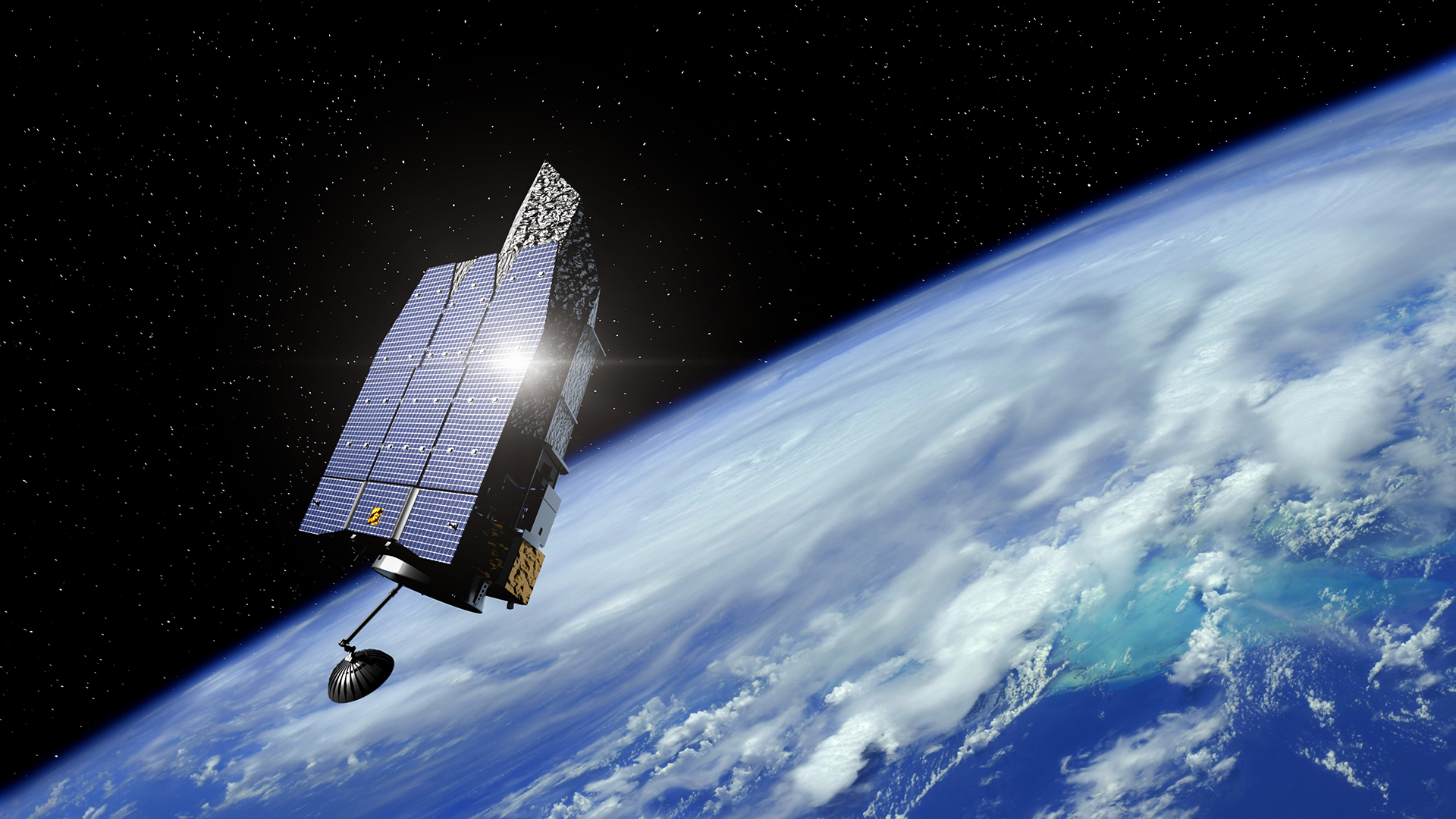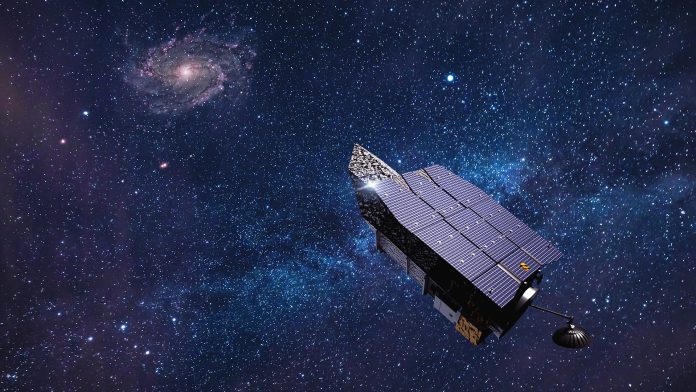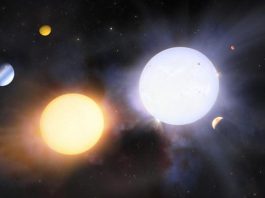Studying the first stars in the Universe will be vital in understanding the development of existence as we know it.
Stars play a fundamental role in the creation of life in the Universe, generating elements essential for life, such as carbon, oxygen, and nitrogen, through processes like nuclear fusion.
When massive stars reach the end of their life cycle and explode in supernovae, they release these elements into space, enriching interstellar clouds with the building blocks of life.
These enriched clouds can then give rise to new stars and planetary systems, where planets like Earth may form.
However, despite our deep understanding of the pivotal role of stars in the cosmos, our knowledge of the oldest stars in the Universe is sparse.
NASA’s Nancy Grace Roman Space Telescope aims to fill in this gap in our stellar knowledge.
Set to launch in May 2027, the Roman Space Telescope will analyse the Universe’s first stars.
The telescope will provide a panoramic field view 200 times larger than the Hubble Space Telescope’s infrared view of the sky, surveying 1,000 times faster.
What are the oldest stars in the Universe?
The earliest stars in the Universe, referred to as Population III or Pop III stars differed significantly from our Sun.
Composed mainly of hydrogen and helium, they were larger, hotter, and more massive, leading to shorter lifespans due to faster fuel consumption.
Emerging within the first few hundred million years after the Big Bang, Pop III stars were pivotal in creating elements heavier than helium, known as metals, shaping the Universe’s evolution into complex systems of galaxies.
While no Pop III stars exist today, studying them provides crucial insights into the Universe’s early development, necessitating observations of the early Universe to understand their characteristics.
Mapping the early Universe with the Roman Space Telescope
Instead of targeting intact stars, Roman will search for traces of Pop III stars destroyed by black holes, causing a phenomenon called a tidal disruption event (TDE).
When a star gets too close to a black hole, its gravitational tides tear it apart. Some of its material forms an accretion disk, emitting bright light visible from billions of light-years away across various wavelengths, including X-ray, radio, ultraviolet (UV), and optical.

As we peer deeper into the early Universe, where these stars primarily exist, optical and UV light shifts to near-infrared wavelengths detectable by instruments like Roman.
These events also exhibit a time dilation effect due to redshift, where a Pop III TDE brightens over hundreds to thousands of days and fades over more than a decade, resembling the behaviour of supernovae.
Collaboration with James Webb
While NASA’s James Webb Space Telescope possesses the capability to detect and analyse TDEs in the early Universe, its narrow field of view limits its efficiency as a TDE hunter.
Among Roman’s core community surveys, the High Latitude Wide Area survey stands out as the most promising for TDE discovery, covering about 2,000 square degrees of sky beyond our galaxy’s plane.
Although Webb’s field of view is limited, its spectroscopic tools make it valuable for follow-up observations, particularly in identifying the presence of metals once Roman detects TDEs.
This combined approach offers a strategic method for identifying Pop III stars, unlocking opportunities to delve deeper into the mysteries of the early Universe.









